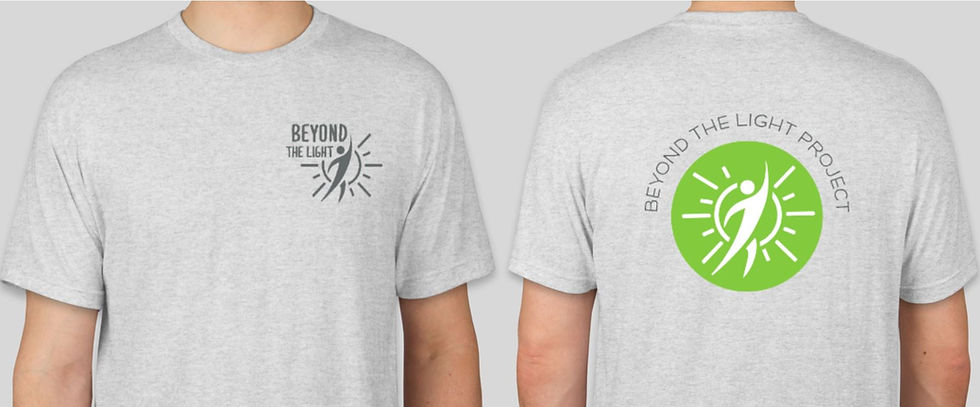Step by step: How does BTLP provide electricity to the rural family (Phase III)
- jimsolarhuffman
- Jun 3, 2018
- 3 min read

We thought it would be a good idea to explain what we do at BTLP to deliver solar power to the people that we serve in Nicaragua. I know…you guys want to hear more stories about the people and not so much about the logistics. Now if you know Omar, he loves for us to talk about the process because he just lives and breathes operational efficiency.
Step 1: The build
Larry and I build the kits using our existing design plus some tweaks from feedback from the field. We build these things using parts, wire, connectors, solder and lots of sweat. Yeah, you read that right, the lab is not air conditioned so there’s lots of sweat. One thing to know about Larry is that I’ve never actually caught him in the act of working, but somehow the job gets done. The solder joints and wires are measured and everything is tested to make sure that the people of Nicaragua get a good quality solar system.
Step 2: The Shipment
This is actually pretty painful, but we pack everything very tight and ship to Kentucky to join the cargo that is bound for Nicaragua. Our great partners at BMDMI have this step down, as they have been doing this for many years of serving in Central America. This is one thing we really had to improve on with our experience because the trip is very rough on the systems. For our first trip to Nicaragua, we had to fix quite a few broken items because we didn’t pack them very tightly. Since then, we are much better at this.
Step 3: Family Selection
Our partners at BMDMI again are really crucial for this one. We get a list of families in need of electricity from the local pastor in the area that we are heading. These families generally live in the mountains around a small village, where they serve as farmers and laborers in the local coffee, banana and cocoa farms. Now if you are like me, I love coffee, bananas and chocolate!!!

Step 4: Getting to the Village
Again, we couldn’t do this without our partners at BMDMI. Our solar systems are loaded on trucks and we meet them in the local village. We work with the people of Nicaragua and BMDMI to get setup in the local village as a type of hub, where we sleep and eat. We meet lots of people in the village and get a great opportunity to see the work that BMDMI does in Nicaragua, including amazing clinics, family pictures, witnessing and even hair cutting. I put a picture below of a kid whose hair I pretended to cut. He looks a little scared…

Step 5: Getting to the Homes in the Mountains
Here we all get in a 4X4 truck and head to the mountains to install the solar systems. We can usually get within a mile of the house with the truck and then we hike the rest of the way. The farmers have to live close to the farms, which are usually away from the road. This means lots of hiking uphill both ways in the beautiful country with lots of stuff to carry. This is my good friend Si Deane’s favorite part of the project.

Step 6: Interview the Family
Once the family invites us in their home, we at BTLP get to know them. Usually we gather in a room and talk back and forth. Jarib will ask questions about their family, work, school, habits, health issues and preferences. We use this data collection to statistically analyze for improvement to our process. We then work with them as to the best location for their room lights, power box, fan and solar panel mounting on the roof.

Step 7: Installation of their Solar System
At this point, we usually divide up into a couple of crews. The roof crew will be responsible for mounting the panel on the roof with the brackets, sheet metal screws and grommets. The inside crew will be responsible for wiring the lights, installing the power box and hanging the fan. I did forget to mention the most important job, the supervisor. I usually supervise by taking a quick nap outside under a tree.

Step 8: Education and a Blessing
After we are done with the installation, we gather the family together and Jarib of El Pinta go through the operations, care and answer any questions that the family has. We talk to them about electricity and how much time they can use the lights, how to charge their cellphones, and how to use the radio and fan. We also look for ways that we can help them from the interview, with a focus on oven exhaust and study areas for the children. Once this is done, the whole family gathers around and we say a blessing for the family.







Comments